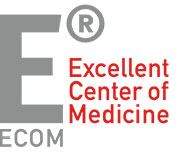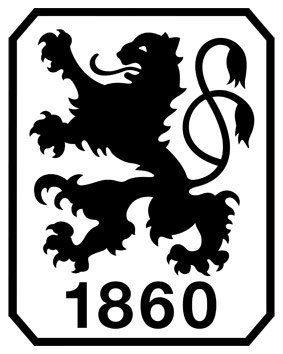| Osteochondritis Dissecans |
|
Osteochondritis Dissecans
|
Osteochondritis Dissecans is a disease of the bones under the joint cartilage and is frequently found in the ankle joint in the region of the ankle bone-shoulder. The disease is caused by an insufficient supply of cartilage bearing bone, which can lead to an insufficient supply or the decay of a region of bone. Due to the fact that the overlying cartilage can be further supplied with nutrients from the joint region, the disease often remains undetected for a number of years. Limited functionality and pain on weight-bearing occur once an injury to the cartilage which lies over the bony focus occurs. Detachment of the bony fragments can ultimately occur, so that they can lead to symptoms of constriction by acting as loose joint bodies.
In most cases conventional x-rays are undertaken at the commencement of pain symptoms, which can already provide information to the clinical picture. An MRI scan is essential however, for an exact quantification and therapy planning. Only with this examination can the vitality of the affected areas be sufficiently evaluated.
|
Therapy
|
The therapy is significantly influenced by the stage of the disease. If the imaging suggests that the affected bone area is still supplied with blood and there is no development of separation of the piece of broken fragment, an operative drilling with subsequent relief of the region is promising.
If it is shown that the affected piece of bone is no longer supplied with blood, the removal of the affected region with drilling of the vital bone generally occurs in order to stimulate the new formation of cartilage. In the case of extensive findings, a two-sided procedure can be necessary, with removal of the decayed bone within the first operation and the application of previously grown cartilage cells within the second. Depending on the findings, new procedures with the usage of synthetic bone and cartilage replacement materials can also be applied. With this, treatment through a single operation is possible in certain cases.
|
Aftercare
|
| The necessary procedure differs significantly depending on the stage of the disease. Therefore, no generally applied aftercare can be provided. Usually a 6-week relief phase on crutches applies, in which only sole contact is allowed. During the physiotherapeutic therapy, the main focus lies on the weight-free movement and de-blocking of the foot.
|
Inability to work
|
| The recommencement of light office work can occur after 1 to 2 weeks, so long as under-arm crutches can be used.
|
Ability to do sport
|
| Depending on the procedure undertaken, running and jumping sport types should be avoided, so that competition training can be recommenced at the earliest after 12 weeks.
|
|
|
SPECIALISED ORTHOPAEDIC SURGERY, ARTHROSCOPY, SPORT TRAUMATOLOGY, AND REHABILITATION
Arabellastr. 17
81925 Munich
Germany
Tel: +49. 89. 92 333 94-0
Fax : +49. 89. 92 333 94-29
Diese E-Mail-Adresse ist gegen Spam-Bots geschützt, Sie müssen Javascript aktivieren, damit Sie sie sehen können.
Dr. Erich H. Rembeck
Impressions of the ER Centre for Sport Orthopaedics in Arabellapark.
>> Photo Gallery
|










